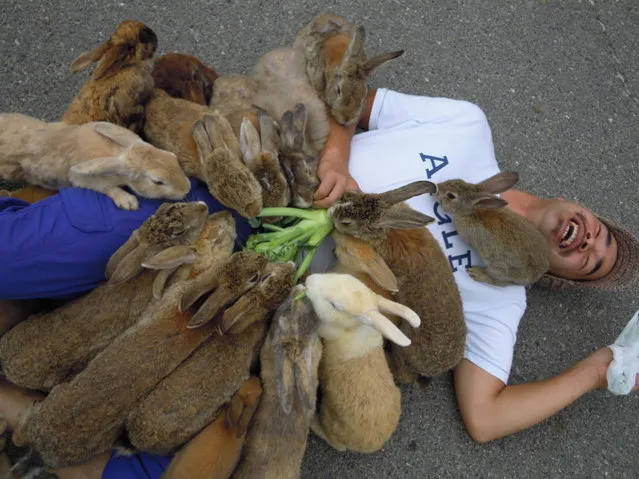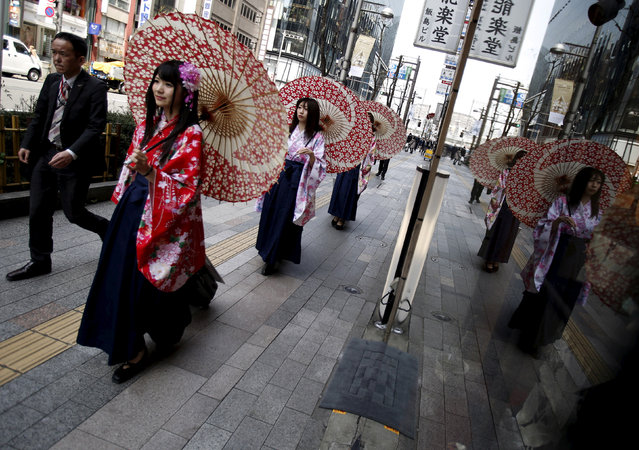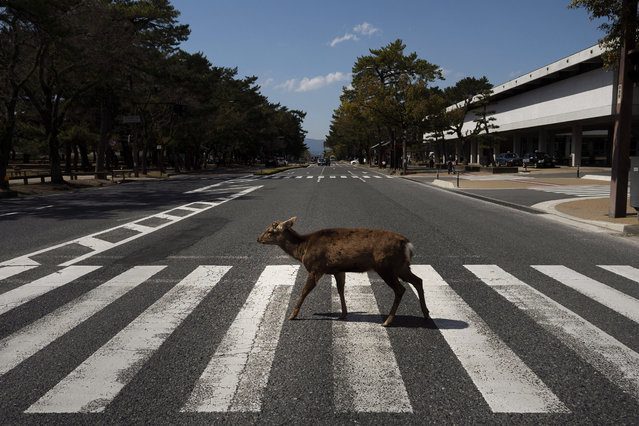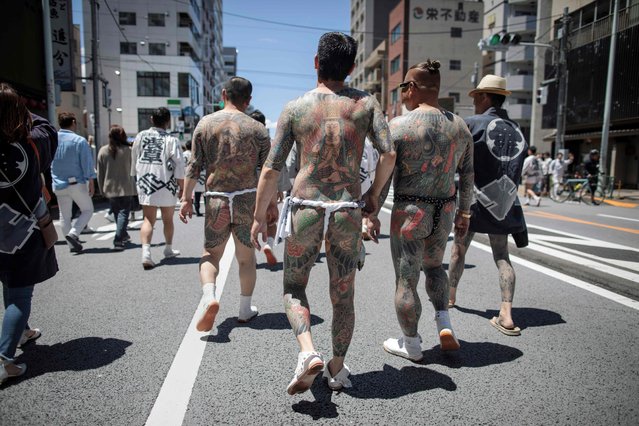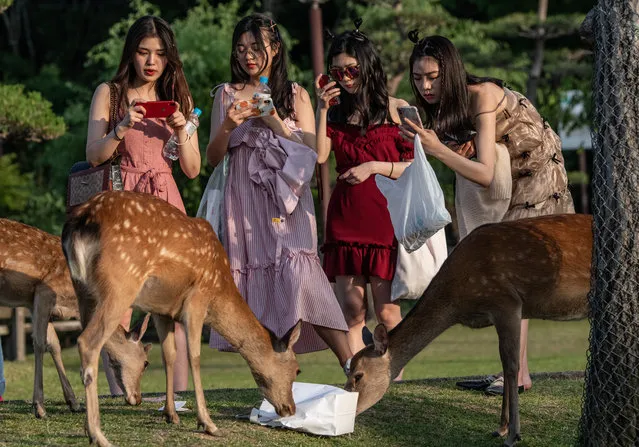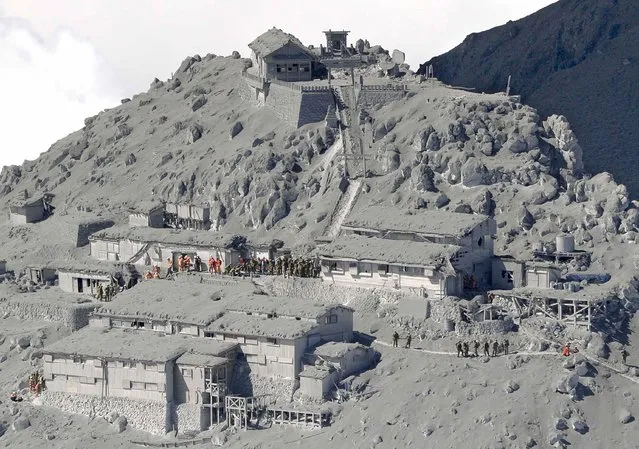
Japan Self-Defense Force (JSDF) soldiers and firefighters make rescue works among mountain lodges, covered with volcanic ash near the peak of Mt. Ontake, which straddles Nagano and Gifu prefectures in this September 28, 2014 photo taken and released by Kyodo. More than 30 people were feared dead on Sunday near the peak of the Japanese volcano that erupted a day earlier, sending a huge cloud of ash and rock tumbling down its slopes, while packed with hikers. (Photo by Reuters/Kyodo News)
28 Sep 2014 11:08:00,post received
0 comments

